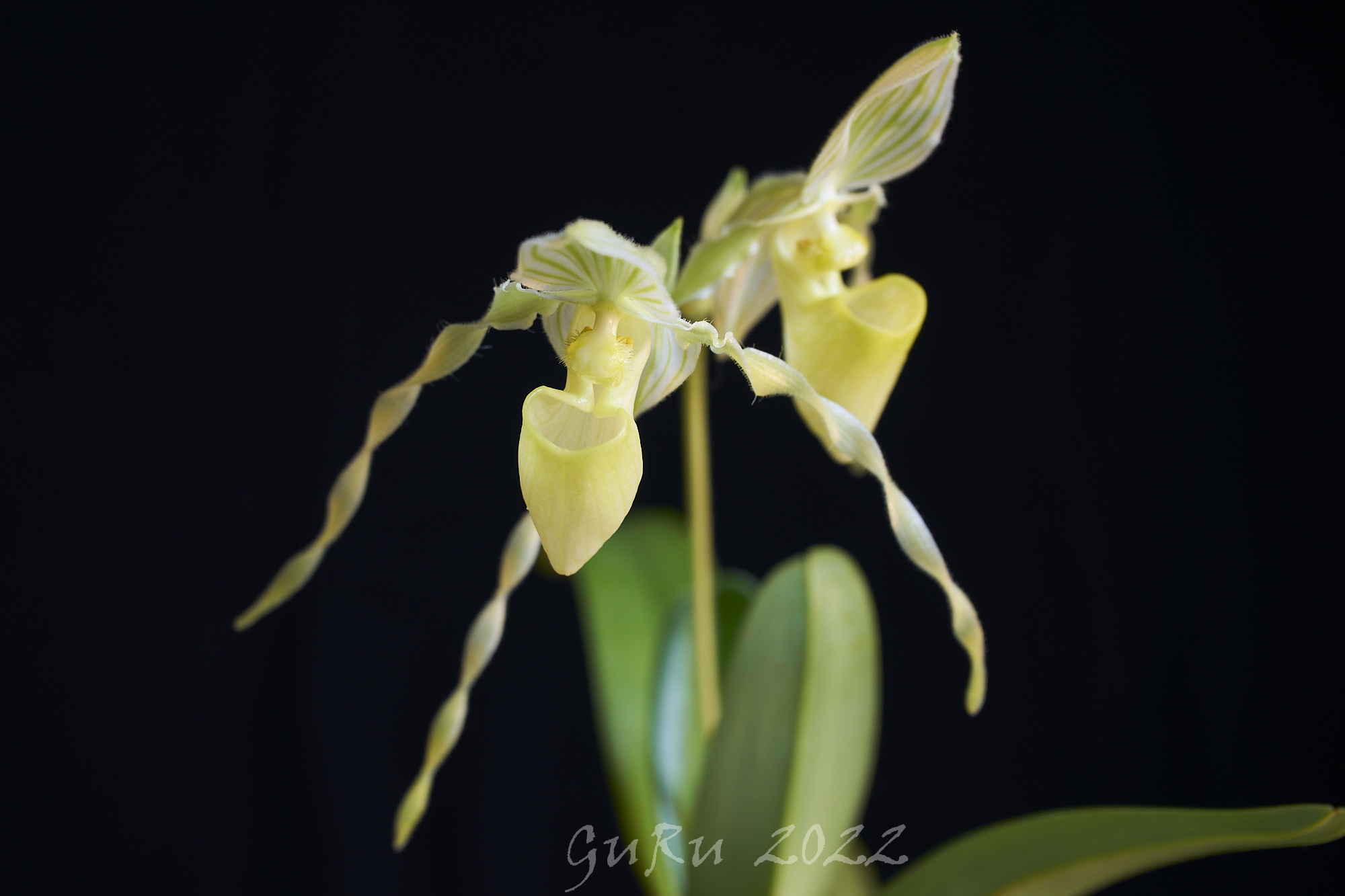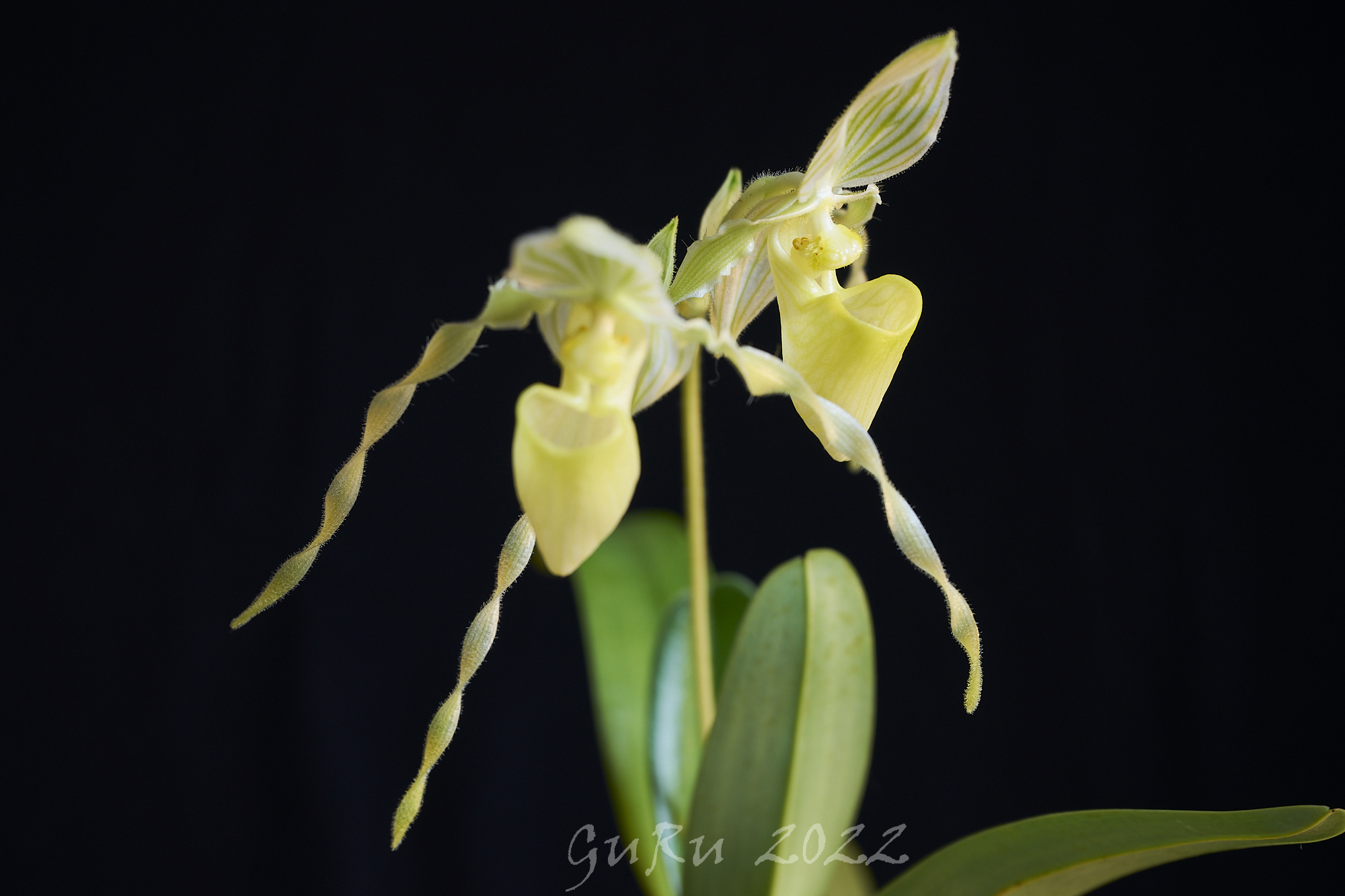I got this plant in June 2020 from Popow (the shipping was still made by the late Bosha P.) and this is its first flowering. It's been growing very well under my indoor condiditons and a new sprout is emerging already. So I'm very pleased with it.







Stunning!! How big is the plant?? Compactum is by the size??I got this plant in June 2020 from Popow (the shipping was still made by the late Bosha P.) and this is its first flowering. It's been growing very well under my indoor condiditons and a new sprout is emerging already. So I'm very pleased with it.


Stunning!! How big is the plant?? Compactum is by the size??
I had never heard about the var compactum, thanks for the explanation!Yes, compactum means a more compact growth and slightly smaller blooms. This variety was described by O.GRUSS, ROELLKE&ROETH in 'Die Orchidee' in 2008. The leafspan of the plant is ca. 30 cm.







Palewalense?
I wholeheartedly agree!A great one!
That might be, but, Rudolf, according to the gospel of your beloved Kew (in the new site to which they either contributes or which they maintain) only two varities of philippinense are accepted, namely the typical variety, var. philippinense, and var. roebelinii. Other varities are sunk into synonymity with var. philippinense.This variety was described by O.GRUSS, ROELLKE&ROETH in 'Die Orchidee' in 2008. The leafspan of the plant is ca. 30 cm.
.......That might be, but, Rudolf, according to the gospel of your beloved Kew (in the new site to which they either contributes or which they maintain) only two varities of philippinense are accepted, namely the typical variety, var. philippinense, and var. roebelinii. Other varities are sunk into synonymity with var. philippinense.......
As you can see here KEW Science spells the name correctly....... that they notoriously continue the misspellling of the name of var. roebbelenii as 'roebelenii'.....http://www.worldfloraonline.org/taxon/wfo-0000264145
Well, that's a relief to know!The main reason is....and this learned I here.....that KEW Sciece is important but not the last instance.
Another relief - though not as big as the one above!As you can see here KEW Sciencespells the name correctly.
"Separate...for breeding purposes" might be a spurious reason for taxonomic differentiation! Though, could a distinct geographical separation in habitat from the typical variety and consequent reproductive replication in the compact form be proven, it might help arguing your case, Leslie. Otherwise, I think, you "for breeding purposes" will have to take recourse to designating it as '...var. compactum (Hort.)'.Due to the size differences, it is warranted to separate from the normal size forms for breeding purposes to trace vegetative growth patterns. Kew will need to update soon with new descriptions.
Vegetative differences is one of the criteria for variety separation in taxonomy FYI."Separate...for breeding purposes" might be a spurious reason for taxonomic differentiation! Though, could a distinct geographical separation in habitat from the typical variety and consequent reproductive replication in the compact form be proven, it might help arguing your case, Leslie. Otherwise, I think, you "for breeding purposes" will have to take recourse to designating it as '...var. compactum (Hort.)'.
Rudolf, I've clicked on your Kew link several times and I get the same page each time. It says Kew at the top with a detailed description of philippinense but the images that display are of a beautiful Michael Koopowitz if I'm not mistaken, rather then a philie.......